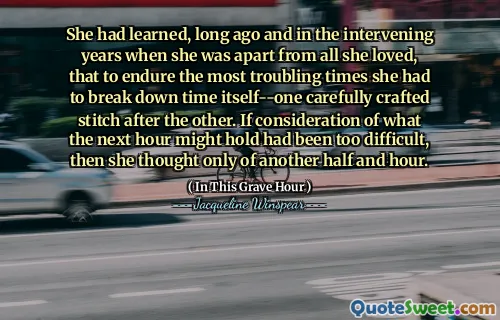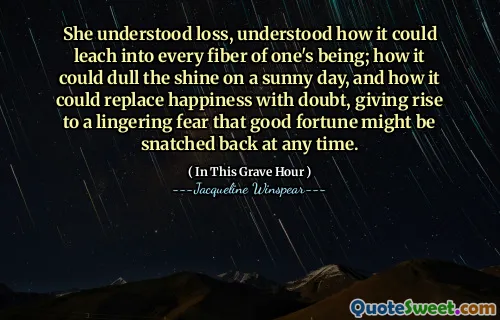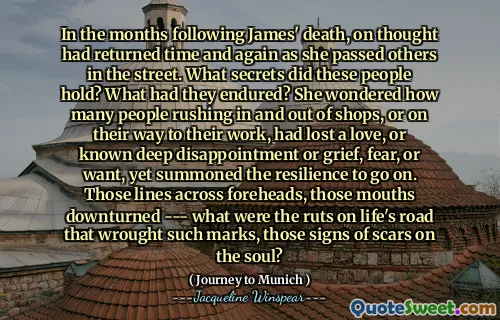
Grief is a house where the chairs have forgotten how to hold us, the mirrors how to reflect us, the walls how to contain us. Grief is a house that disappears each time someone knocks at the door or rings the bell. A house that blows into the air at the slightest gust, that buries itself deep in the ground while everyone is sleeping. Grief is a house where no one can protect you, where the younger sister will grow older than the older one, where the doors no longer let you in or out.
This poignant metaphor captures the elusive and often overwhelming nature of grief. Describing grief as a house evokes a space that is supposed to offer refuge, security, and containment. Yet, the vivid imagery suggests that this house is fundamentally broken or unstable—its furniture and features are no longer functioning as they should. The chairs, mirrors, and walls represent aspects of ourselves—our comfort, self-perception, and boundaries—that are rendered ineffective or irrelevant in the face of intense sorrow. The house's impermanence, with its tendency to disappear or be blown away by the slightest gust, mirrors how grief can feel unpredictable, shifting, and uncontrollable. It suggests that grief can be transient or fleeting during certain moments but also overwhelming and engulfing at others. Furthermore, the idea that grief buries itself deep in the ground while everyone is sleeping implies that sorrow often goes unnoticed, unacknowledged, or suppressed, quietly shaping us beneath the surface. The lines about no one being able to protect you and the unusual detail of a younger sister growing older than the older highlight the disorienting and unnatural effects grief can have—distorting time, roles, and expectations. Overall, this quote offers a profound reflection on grief as a turbulent, uncontainable force that fundamentally alters our internal landscape, leaving us unmoored in a house that no longer provides sanctuary but becomes a fragile, shifting space of loss and change.






